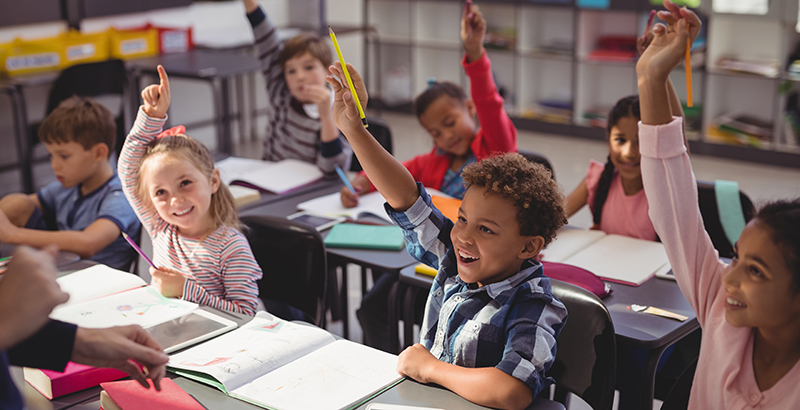If you look up the term “equality,” the definition may include “equity.” Society has begun to differentiate between the concepts, though, and the terms are no longer interchangeable. That is especially true in education.
Difference Between Equity and Equality
Equality refers mainly to social issues. The website Waterford.org points out that equality means everyone has the same status, rights, opportunities and resources. The thing to note is that equality is only achieved through equity. That term infers “providing resources that match a person’s circumstances.” The example is providing all students equally with a laptop to take home. However, the laptop is of no use if the student has no Internet access.
Equity in Education
Achieving equity in education is vital to building and improving culture. According to the same website, 60 percent of the “most disadvantaged students” come from poverty. Not only does that imply that the families have limited resources, but that the schools are limited as well.
However, we can readily understand that more advantaged schools have better laboratories, libraries and more educational tools. Still, we must dig a bit deeper to see that these poorer schools do not attract or retain high-quality teachers.
Moreover, even if the states where they are located have standards-based programs in all schools, the schools in poverty areas will not have the same success rates. Segregating disadvantaged students, lowering expectations and defining resources for a singled-out class is not as effective as having inclusive classrooms where the same curriculum is taught to all but adapted for individual needs.
Barriers to Education Equity
We have already mentioned poverty as a barrier to achieving equity ( and equality) in education. Language is another. Students will not mine it for information until they have mastered the language. Family crises such as the death of a parent, divorce or frequent moves can limit a student’s success. Homelessness or mental illness are obstacles to education, too.
Achieving Equity
So, how can we build equity into education? The answer is that we address the issues individually and adapt education to fit circumstances. For example, providing better lunch programs to schools in poverty areas to not struggle because they are hungry is an example. Even that, however, is not equity. Research has shown that learning is better in diverse classrooms.
We must support all students, not just those who are disadvantaged. In addition, some schools are turning to adaptable curricula such as Adobe Education Exchange. For instance, schools can implement a lesson plan English 8th grade students can access equally because it offers teachers the opportunity to adapt it for different needs.
Advantages of Education Equity
Beyond the obvious advantage of improving competency in our workforce and technology, there are other benefits. First, students in diverse, inclusive classrooms do better, and it has been found that when the scores of disadvantaged students improve, those of more privileged students improve as well. Students in diverse classrooms with adapted resources have higher self-esteem, experience less bullying and are generally healthier.
Achieving equality in education is a goal in line with the universally recognized right of each individual to an education. Equality is only possible, though, through equity. We must attempt to provide similar resources to all groups of people, but we must give the same resources to individuals, in all groups, adapted to their circumstances.

